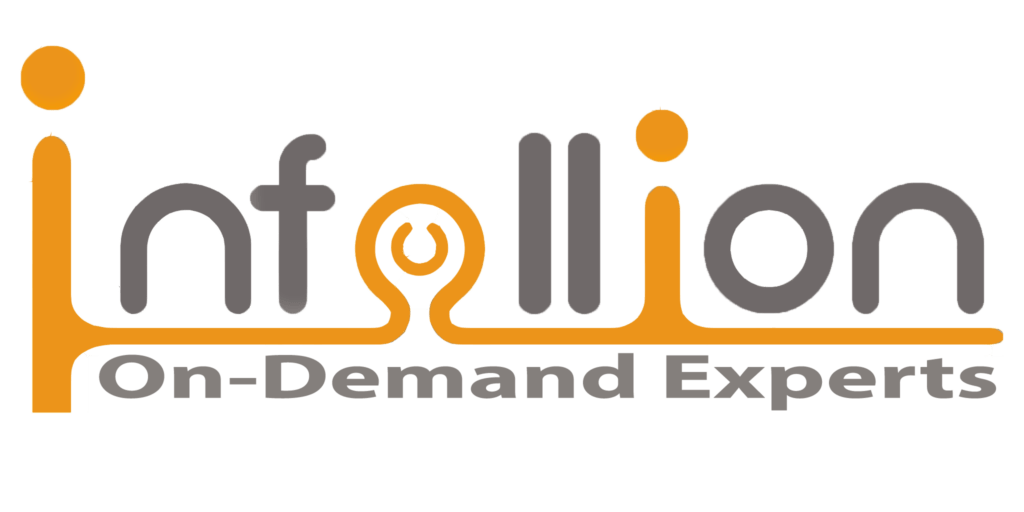Program Overview
Traditional forecasting is no longer sufficient in today’s volatile, multi-channel environment. This program equips supply chain and planning professionals with the skills to transition from static, assumption-driven forecasts to dynamic, AI/ML-enabled models. Participants will explore supervised learning models (e.g., ARIMA, XGBoost, Prophet), ensemble forecasting, feature engineering, and demand sensing from external signals like weather, promotions, mobility data, and search trends. They’ll also learn how AI enables automated, real-time replenishment that adapts to demand fluctuations, lead time variability, and service level goals. Use cases from retail, pharma, FMCG, and automotive show how ML models reduce stockouts, improve forecast accuracy, and unlock inventory agility.
Features
- Leverage AI/ML models to improve forecast accuracy and reduce manual overrides
- Integrate external demand drivers into model features (e.g., weather, seasonality, promotions)
- Deploy dynamic replenishment strategies using predictive insights and inventory policy automation
- Evaluate tools, platforms, and governance frameworks for AI in supply chain planning
Target audiences
- Demand Planners
- Inventory Managers
- Data Science/AI Teams
- Forecasting Consultants
- Supply Chain Analysts
Curriculum
- 4 Sections
- 19 Lessons
- 1 Day
- Evolving from Rule-Based Forecasting to ML-Based Models5
- 1.1Concepts: Traditional vs AI-driven forecasting models; from fixed rules to self-learning algorithms
- 1.2Keywords: ARIMA, Prophet, LSTM, Gradient Boosting, Ensemble Learning, Forecast Horizon
- 1.3Use Cases: Short-term SKU-level forecasts, Seasonal and new product demand prediction
- 1.4Real-life Insight: CPG firm achieved 30% accuracy gain using ensemble ML over Excel-based forecasts
- 1.5Exercise: Compare traditional moving average vs ML-driven rolling forecast outcomes
- ML Techniques & Feature Engineering in Forecasting6
- 2.1Time-series (LSTM, ARIMA+)
- 2.2Regression & tree-based models (XGBoost, Random Forest)
- 2.3Neural networks for demand classification
- 2.4Keywords: Feature Selection, Overfitting, Exogenous Variables, Lag Variables, Accuracy Metrics (MAPE, RMSE)
- 2.5Case: Auto spares supplier used rainfall, fuel prices, and economic index as input features to fine-tune seasonal forecasts
- 2.6Toolkit: Forecasting input variable map (internal + external + engineered features)
- Dynamic Replenishment Using ML4
- 3.1Concepts: AI-driven safety stock, EOQ optimization, exception-based ordering
- 3.2Keywords: Dynamic Buffering, Predictive Stockouts, Probabilistic Forecasting, Service-Level Targeting
- 3.3Real-life Insight: Electronics retailer used ML to dynamically reorder 6,000+ SKUs daily via auto-triggered thresholds
- 3.4Exercise: Simulate replenishment adjustment logic using forecast deviation and lead-time risk
- Data Integration & Model Deployment in SCM Systems4
- 4.1Platforms: SAP IBP with ML plug-ins, Oracle Demand Management Cloud, Python in Azure/Databricks
- 4.2Keywords: MLOps, Model Retraining, Real-Time API, Decision Intelligence, Demand Signal Sensing
- 4.3Situational Focus: Poor forecast performance due to stale model not updated with new product launches
- 4.4Toolkit: Model deployment checklist – from training → testing → monitoring in live demand flow






